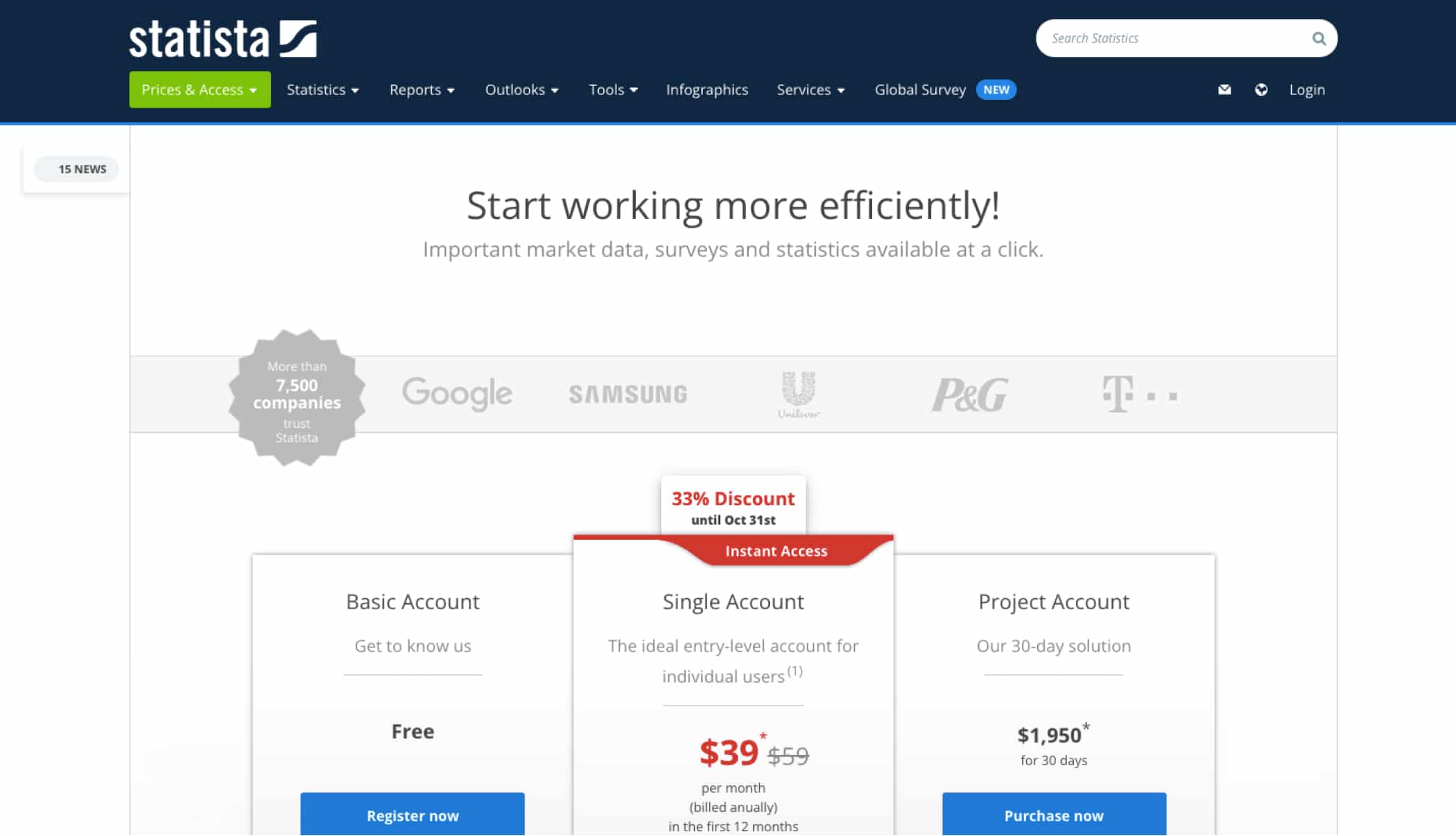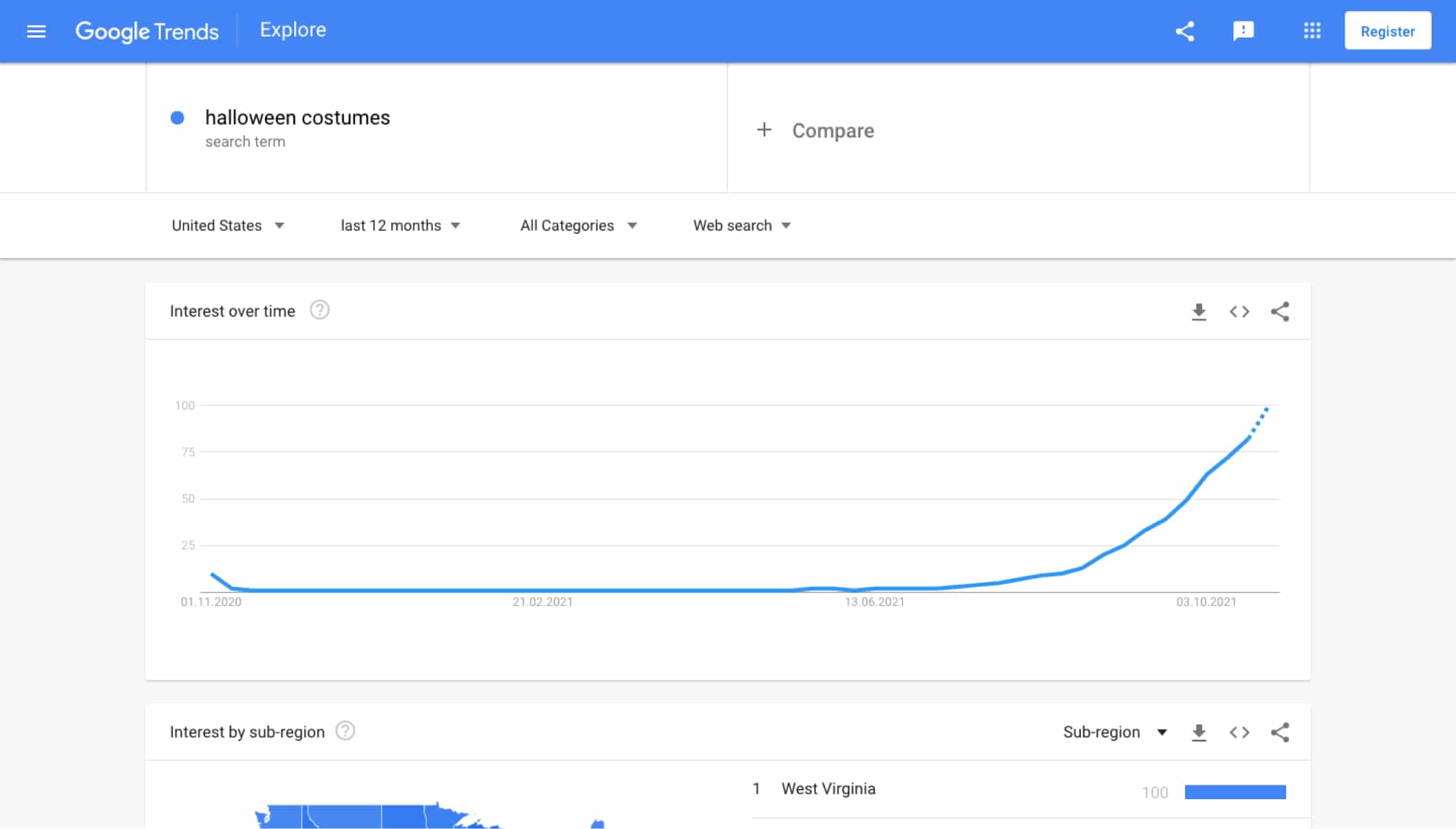The start as a seller on a competitive platform is challenging. There are so many vital and extensive tasks entrepreneurs have to accomplish it is almost no room for fantasy. However, the main word is “almost.”
When it comes to deciding what the whole business will be built around, how to find products to sell on Amazon, there is plenty of space for creativity. So let’s break it down into the points and see where or how to find inspiration and help for this critical decision to make.
-
Personal Experience and Interests
Before researching useful websites, professional blogs, or social media, Amazon sellers can consider their personal interests and experience as rich sources of profitable ideas.
Namely, when Amazon users sell products that are somehow connected to their life or what they love to do, it’s easier to understand what the product should look like, what functions it should have, or problems that competitors have should be fixed.
For example, a seller interested in art and/or drawing knows much better what could make paintbrushes more practical and functional.
-
Pinterest
Clearly, the product has to be also on demand. Pinterest has a function that allows business owners to understand whether the product is popular or not — a function to “pin” an image.
Search for a product on Pinterest that would be interesting to sell. Then look how many people have “pinned” the image with a product. Afterward, if the product is on-demand, analyze the niche on Amazon. Of course, the niche with the immense competition or a brand that monopolizes the niche is difficult to begin with.
The product should have low competition and high demand.
The product that is trending on Pinterest but not sold yet on Amazon is a treasure.
-
Facebook, Instagram, YouTube, etc.
If a seller already has an audience on social media, it’s essential to contact it through famous platforms with the help of a questionnaire.
Asking what product options are preferable can help make the complicated decision and show which items will be more exciting and will have more buyers.
In case it’s a start-up, and there is no target audience yet, monitor the account of brands that sell similar products.
Read the feedback to understand what problems customers have with products’ functions or design to improve the product, see if buyers are still interested in it, and investigate what propositions they have to make the product more helpful. This is the best way to create a successful product to sell on Amazon.
-
Statista
To track statistics and trends, use Statista — one of the most common ways to predict products’ chances on Amazon.
Payment is required to have an extensive overview of the data the platform provides. Nevertheless, the free version is enough to collect necessary information about the brands that are dominating the chosen niche, when the product is on-demand and defines the research direction.
-
Google Trends
When sellers already got a sense of the profitable and valuable products to sell, it’s vital to learn whether the product is an on-demand whole year or only seasonal.
A solid way to investigate products demand is to do keyword research. Use Google Trends to figure it out. It’s widely utilized to perform keyword research before launching a new product or track if the keyword is still trending.
Seasonal products won’t bring profit throughout the entire year.
The simplest example of seasonal products is illustrated in the screenshot.
-
Amazon Research
Finally, don’t forget about the variety of options Amazon gives to those who are planning to sell in the marketplace.
First of all, spy on competitors, and learn their strong and weak spots.
Do they have a lot of reviews? Read them to clear up how the products perform. Are the customers satisfied with the product?
Make a list of the disadvantages the product has not to make the same mistake. Is there a visible loophole of the product diversity that can be easily fulfilled and Amazon users are interested in? Note these to remember that such an option exists.
Second, massive competition on Amazon is a sign to think about another product to launch.
Third of all, after figuring out what to sell, Amazon helps to harvest the best-performing keywords. Type in the search term in the search bar. The search term with the most results is the best keywords to include in the list. Plus, by typing the product’s name, Amazon’s search bar shows many popular searches related to the product.
Conclusion
Each of the mentioned tactics works better in complex with other ones. It’s good to play it safe, have complete coverage of the situation, build a plan, and develop a strategy before launching the product.












